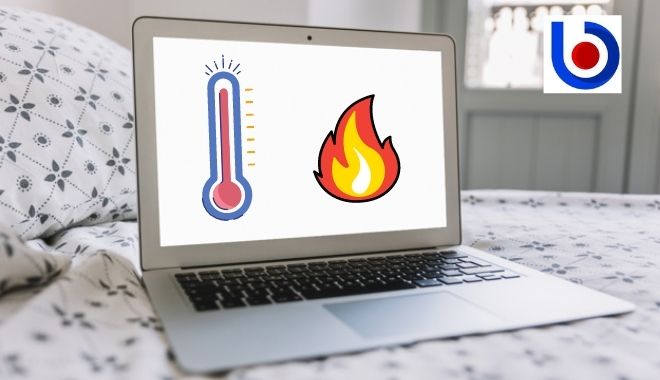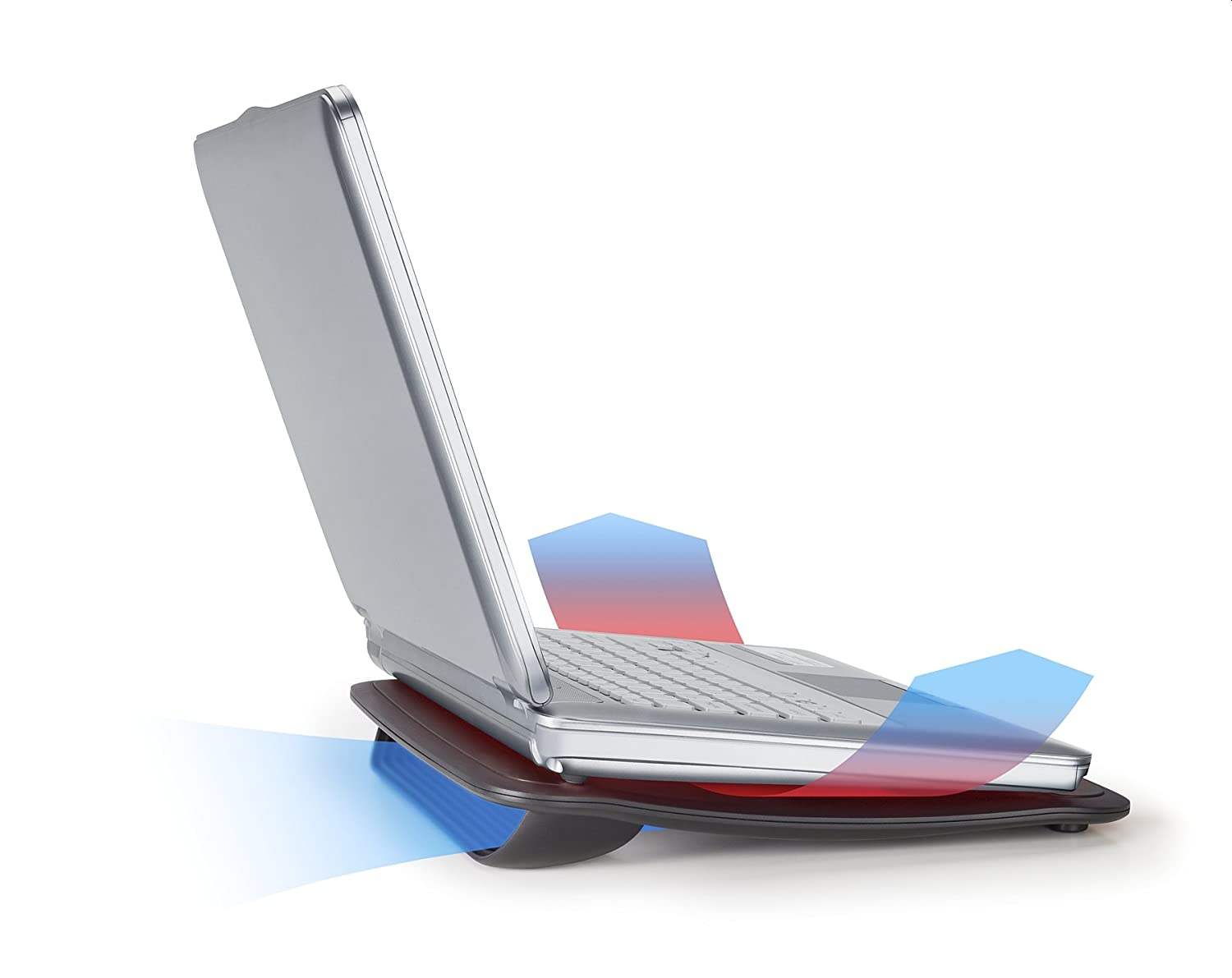Laptop Conked Off? Were You Using It On Bed?

Cuttack: “My 2-year-old ₹70,000 isn’t switching on!”, “Help, my 3-year-old laptop motherboard has fried!!!” are two queries I heard in the last month. “Yes” was the answer when I asked if they used the laptops on beds.
Did you know that using laptops on beds or any soft surfaces is a very dangerous idea? Apart from breaking down due to heat, batteries can explode. Yes, that’s what the danger/fire sign on the battery indicates. According to a research paper by Shanghai Jiao Tong University and A123 Systems Research Center, “uncontrolled heat generation exceeds the heat endurance of the batteries, fire and exploration would occur.” The same paper lists the acceptable temperature region for lithium-ion batteries as −20 °C ~ 60 °C, and also states that heat reduces the longevity of batteries.
Why Does It Happen?
Heat. You might have noticed that laptops get very hot if you use them on a bed. This is because when laptops are used on any soft surface, the air vents on the lower and sides get fully or partially blocked. The cooling fan keeps on blowing, but the hot air doesn’t come out. This is why all laptops have very small raised bits to let air flow underneath them. Almost all manufacturers warn against this.
Hewlett Packard (HP) cautions against using laptops on “a cloth surface, such as your lap, a bed, or a couch cushion”. The company says this can “restrict or completely block the airflow. Prolonged air restriction causes overheating and potential damage.”

How To Keep Laptop Cool While Using On A Bed?
If you wish to use your laptop on the bed, use a small table or a cooling pad. Anything that keeps the laptop raised will let airflow and keep it cool. Metal mesh surfaces act like radiators and cool laptops quicker. Heavy users such as gamers or movie buffs can also use cooling fans that attach directly to the side or rear vents. Opolar, the maker of such coolers, claims a reduction of up to 10 degrees Celcius in the internal temperature. Some coolers have sensors that automatically adjust speed of the fan and display the temperature as well.
Laptop makers also recommend cooling pads. Dell says “using a laptop cooling pad can decrease heat and increase performance. Laptop cooling pads generally utilize fans that supplement the system fans and ensure optimal airflow is maintained.”
The best place to use a laptop is a firm surface such as a table. HP recommends having at least 6 inches of clearance around each vent.

How Do I Know If The Laptop Is Getting Too Hot?
Touch the bottom surface. Some laptops turn off if they get too hot as a safety mechanism. You can also use a CPU temperature app like Speccy, CPU Load Monitor or Core Temp to check it. Also, older laptops tend to heat up more than modern ones.
Dust = Heat
Both Dell and HP list the most common reason for overheating as dust buildup on the fans which can trap heat. They recommend using canned air to clean the vents. Some experts use blowers to clean the dust. However, this might be risky. It is better to get the laptop cleaned thoroughly by professionals. It usually costs around Rs 300 in Bhubaneswar.

Comments are closed.